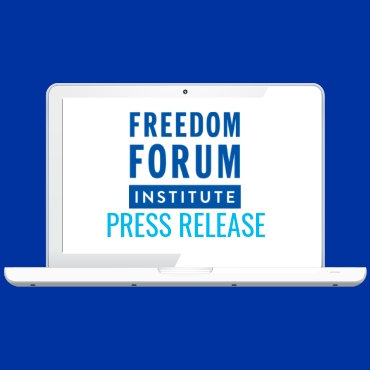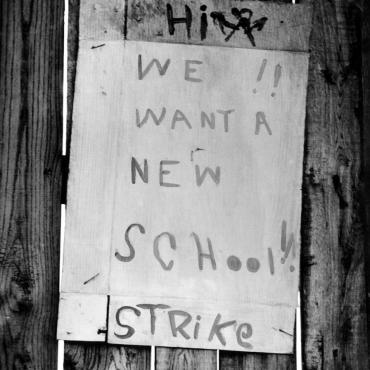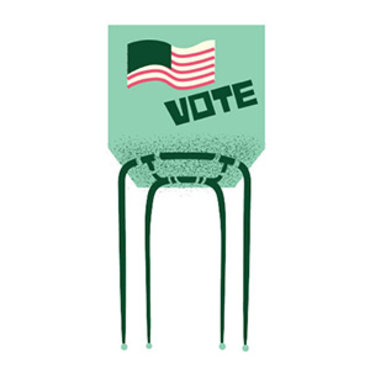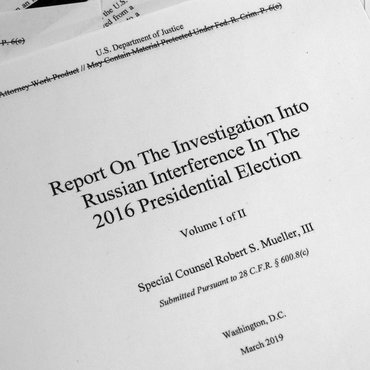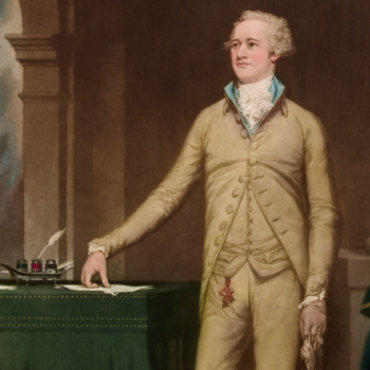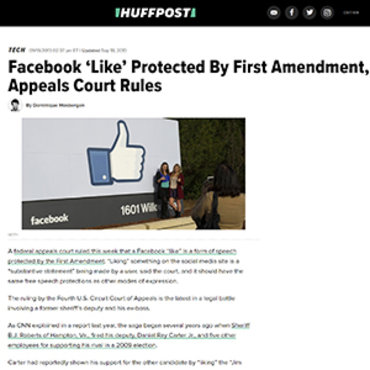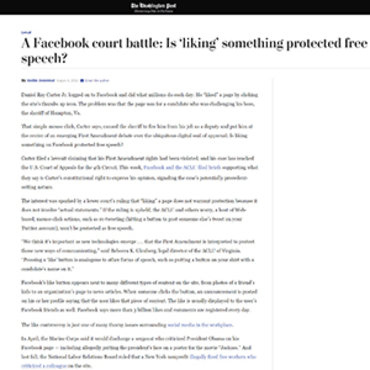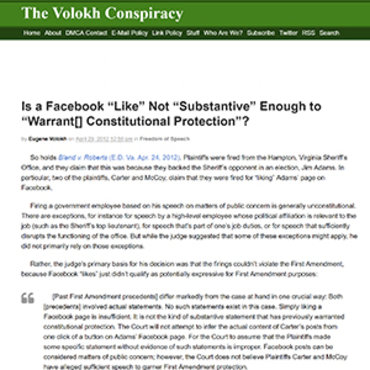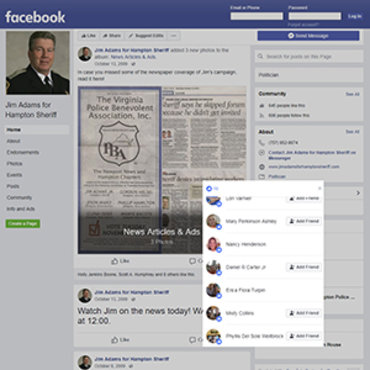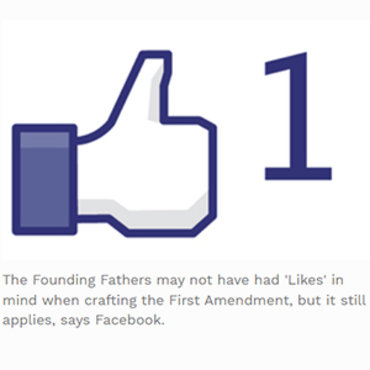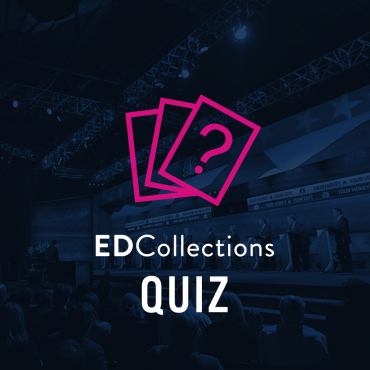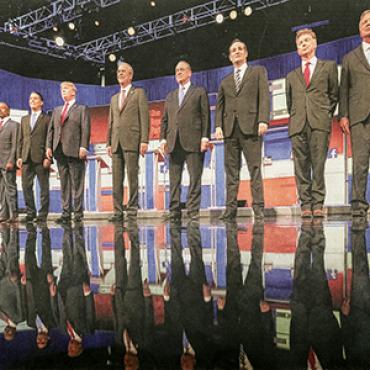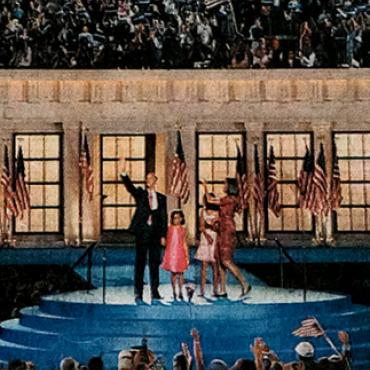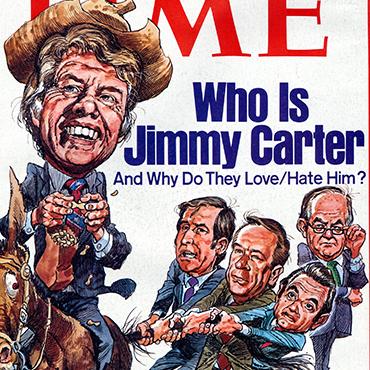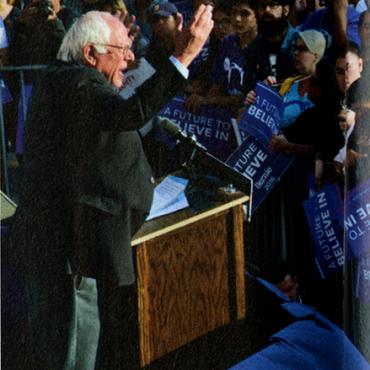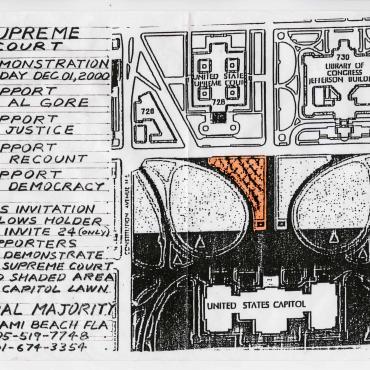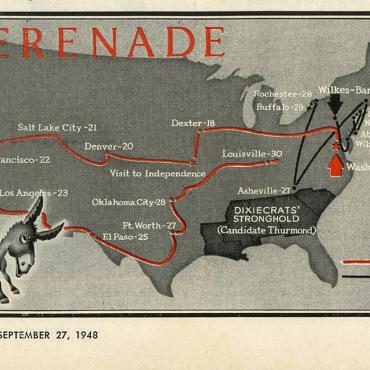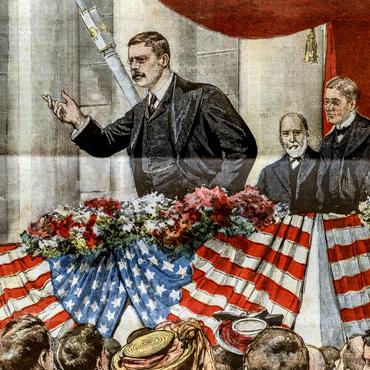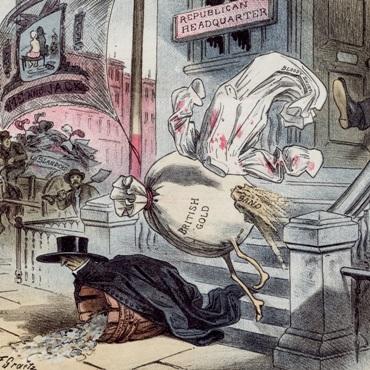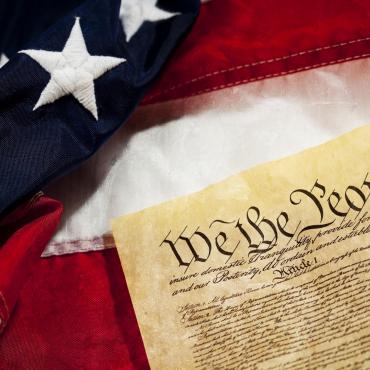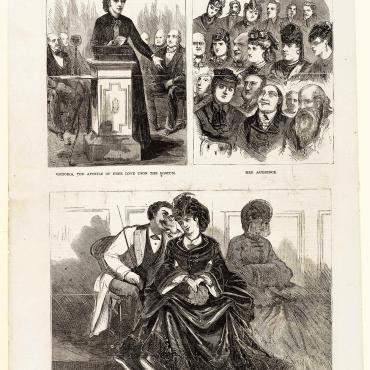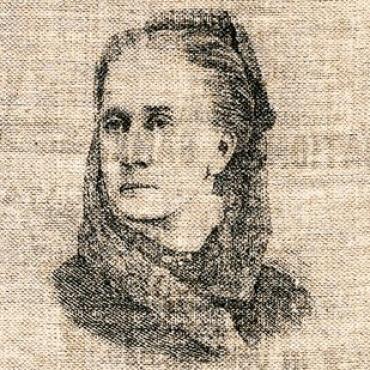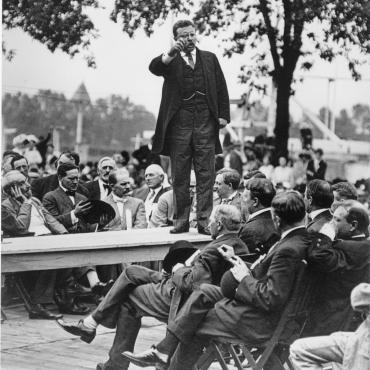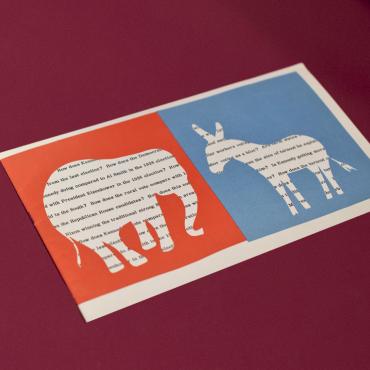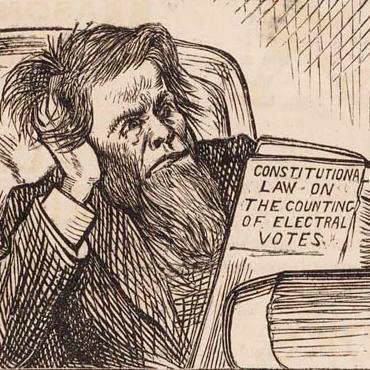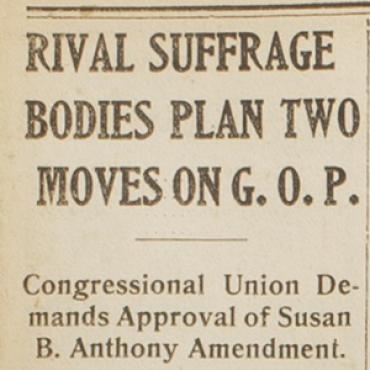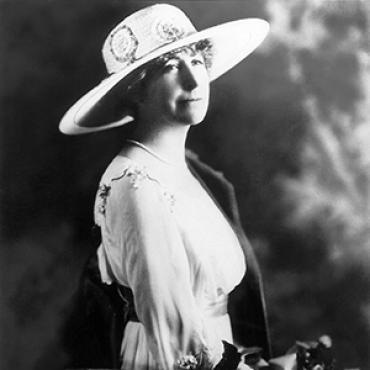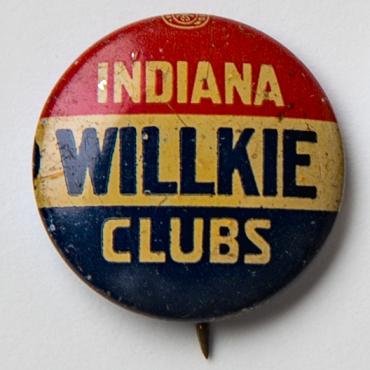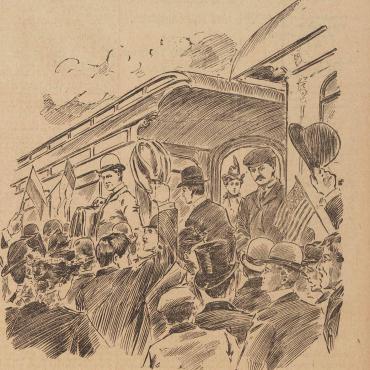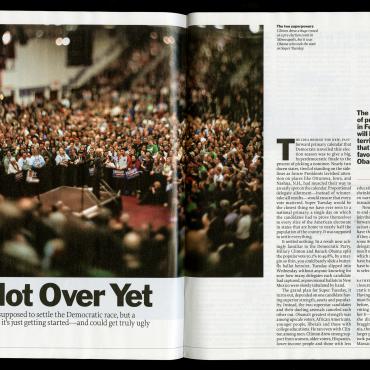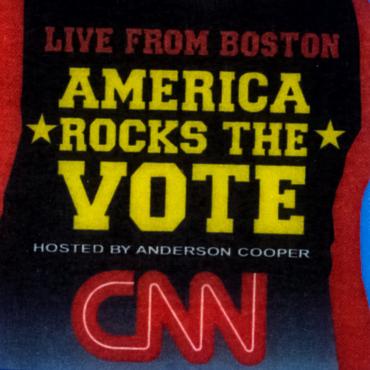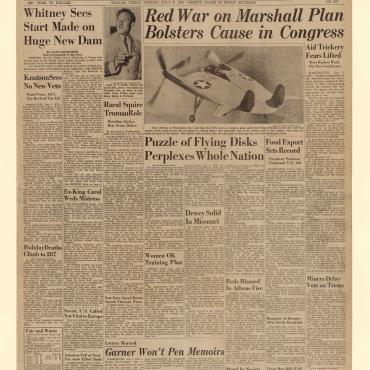Resources For Promoting Dialogue Post-Election 2016
NewseumED offers 14 teacher resources for constructive classroom conversations after the anger, angst and roaring rhetoric of this historic presidential race.
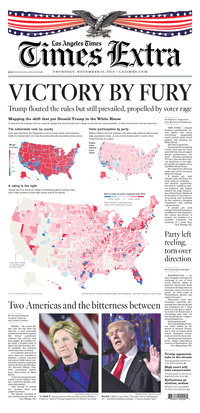
Political pundits, media experts and average Americans will spend countless hours and weeks analyzing what fueled Donald Trump's stunning upset in the 2016 presidential election. Just as students were aware of the divisiveness and dirt of the long campaign, they also will be exposed to the dissection of the results. Instead of flinging blame or disparaging the beliefs of the other half of the electorate, NewseumED advocates constructive conversations about how democracy works. Our political system, bolstered by the First Amendment, entitles everyone to have a voice and to be heard.
“The election once again showed the power of our core freedoms under the First Amendment: protecting our freedom to speak, write, assemble and seek change in the most powerful institutions of the nation," says Gene Policinski, senior vice president of the Newseum Institute’s First Amendment Center.
NewseumED believes that furthering civic education has the power to improve our schools, communities and our democracy. The 2016 election that divided the nation can be an entry point in your conversation with students: Respect the institution, make room for diverse perspectives, arm yourself with tools to be informed, and make your voice heard.
Below is a list of relevant post-election resources and lesson plans that you can use in the classroom. Resources are divided into three categories: media literacy, historical connections, and civics and citizenship.
(To access some of these resources, you must be signed into NewseumED; registration is free.)
Teachers Guide to Controversial Topics
- "From Provocative to Productive": This resource packet features suggestions for leading tricky conversations about controversial subjects with students.
Media Literacy Resources
- Today's Front Pages
- Interested in how U.S. and international papers covered Election Day? Find PDFs of 27 front pages archived here.
- Lesson plan: "From the Front Page to the History Books"
- This lesson looks at journalism as the "first rough draft of history." Originally designed to be used with the four historical front pages on our EDCollections poster, it can be adapted for use with Today's Front Pages on the 2016 election.
- Video: "The Poll Dance"
- Surprised at how wrong the polls were? This video explains some of the possible limitations of polls and how to better interpret them (featuring guests from FiveThirtyEight, the model most bullish about Trump's chances this election).
- Activity: "The Press and the Presidency: Friend or Foe? How the President is Portrayed”
- In this activity, students examine the tone of news coverage about the president by various media outlets. The lesson can be adapted to look at how Trump and Hillary Clinton were portrayed during the campaign.
- Lesson Plan: "Using Newspapers in the Classroom"
- In this guest blog post, a middle school teacher in Pennsylvania shares tips on using newspapers to learn about the world and community.
Historical Connections
- EDCollections: "Making a Change: The First Amendment and the Civil Rights Movement" and "Women, Their Rights and Nothing Less: The First Amendment and the Women’s Suffrage Movement"
- Explore how people exercised their First Amendment freedoms to bring about change. The EDCollections feature interactive timelines of people who made a difference and shaped history, as well as numerous lesson plans.
- Case Study: "Is the System Fair?"
- This discussion question comes from our "Decoding Elections" EDCollection. Throughout U.S. history, Americans have silently stewed and actively protested that presidential elections are unfair and fixed against them. Do they have a point? Examine past cases where voters who felt left out of the political process complained and sometimes achieved change. The case study mentions the Electoral College and past times when, like it would appear in this election, the winner of the popular vote doesn't win the presidency.
- Case Study: "1798: Sedition Act Reins in Newly Established Freedoms"
- An example of how freedoms have been threatened in the past, but won in the end, during another particularly divided and acrimonious period of our country's history.
- Lesson Plan: "What Don’t You Know about Civil Rights?"
- This NewseumED article, originally published in a National Council for the Social Studies' Bulletin, shows educators how they can reframe the civil rights movement using the C3 Framework and the lens of the First Amendment.
Civics and Citizenship
- Lesson Plan: "Civil Rights: The Five Freedoms"
- Teach students how they can use the First Amendment to take effective action on an issue they care about.
- Lesson Plan: "The Tools to Persuade"
- Teach students how to persuade others to join their cause/shape public policy (effective use of free expression).
- Register to vote!
- Use this tool to make sure your opinion is counted in upcoming local, state and national elections and political decisions.


